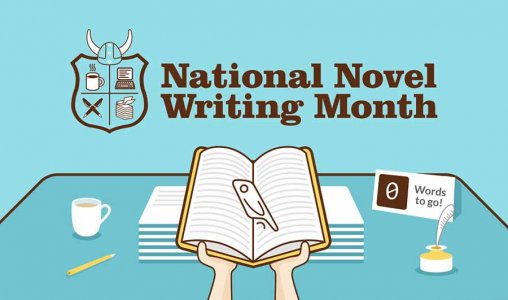
When I began planning my November blogs, I did a quick search, as I always do, to check literary events and birthdays for the month. I was struck by the number of literary types who were born in November.
In fact, a number of well-known authors were born today, November 8th. Bram Stoker, best known as the author of Dracula was born. So was Julian of Norwich whose Revelations of Divine Love became the first book written in English by a woman; Margaret Mitchell who wrote Gone With the Wind; and Kazo Ishiguro who wrote The Remains of the Day and Never Let Me Go.
Writers born on other days in November include Neil Gaiman, Robert Louis Stevenson, George Eliot, Fyodor Dostoyevsky, Voltaire, C.S. Lewis, Mark Twain, Isaac Singer, Carl Sagan, Kurt Vonnegut, Lucy Maud Montgomery and Margaret Atwood. Whew, that’s quite the list.
November feels like a bookish kind of month. It has, as someone once said, a poetic soul. The days are often foggy and moody, we’re surrounded by brilliant color from the changing leaves, the crisp air is scented with cedar and pine, and there are many book-related events and activities happening this month too (it’s Picture Book Month and National Novel Writing Month, or NaNoWriMo to name just two).
Here’s to all the writers born in the month of November, and to the longer nights that give us more time to read the wonderful books they’ve written.


 It’s NaNoWriMo, or national novel writing month. For those who don’t know, NaNoWriMo participants attempt to write a 50,000-word manuscript between November 1 and November 30. There are many support groups on line with members offering encouragement and holding each other accountable. NaNoWriMo is a great way to immerse yourself in a project, boost your writing output and end the month with a sense of accomplishment.
It’s NaNoWriMo, or national novel writing month. For those who don’t know, NaNoWriMo participants attempt to write a 50,000-word manuscript between November 1 and November 30. There are many support groups on line with members offering encouragement and holding each other accountable. NaNoWriMo is a great way to immerse yourself in a project, boost your writing output and end the month with a sense of accomplishment.

Comments